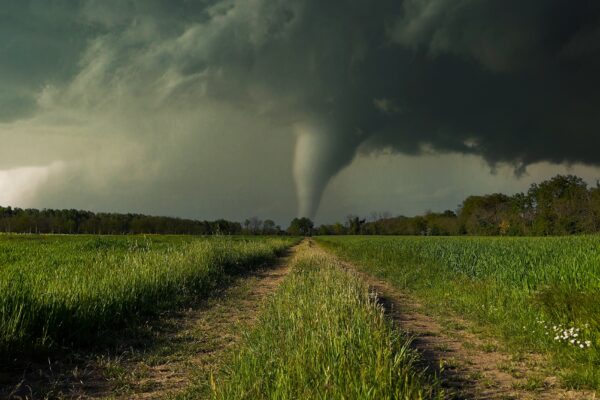Preparing Your Digital Infrastructure for Major Storm Events
Sponsored by: Mindgrub
Guest blog by Laura Gousha, VP of Engagement at Mindgrub, an award-winning agency and consultancy on a mission to create technology that people love to use.
Why is digital infrastructure important?
Digital infrastructure refers to the digital technologies that provide the foundation for an organization’s information technology and operations. To ensure your company is properly keeping up with the demands of digital transformation, it’s imperative to ensure that you have a strong and secure digital infrastructure.
Customers who use digital channels are more accessible, more engaged with content and news, and have higher satisfaction ratings. Failure to deliver a good digital experience will have a heavy impact on customer satisfaction scores.
Outage events can be a highly stressful situation for customers and they will be more likely to provide negative scores and feedback during this period. Customers will also resort to more expensive, traditional communication channels if they can’t find what they are looking for through digital tools.
It is no longer enough to have digital self-service channels available, they must be “prepared to weather the storm.” That means you need strong scaling of your infrastructure to support increased demand. A strong digital infrastructure allows for the utility to disseminate information more quickly and effectively than traditional channels like call centers.
When sharing information with customers, it’s important to take an omni-channel approach. This means communicating with customers in a variety of channels, for instance, SMS messaging, mobile app push notifications, and email. Doing so ensures that you reach all of your customers, on their preferred channels.
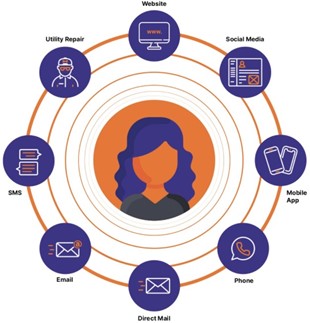

Diagram of the omni-channel approach. Source: Mindgrub
What Can You Do? Our Top Three Recommendations
1. Invest in the top channels for outage communications, especially mobile apps.
Utilizing digital channels such as websites, social media, SMS, and mobile apps, will help better prepare and support your customers.
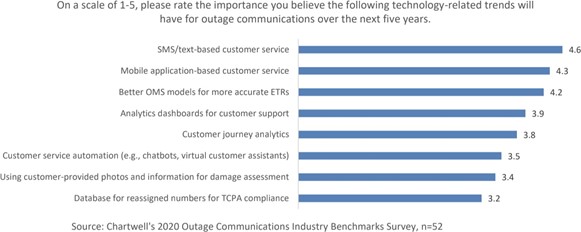

Diagram reflecting mobile-based methods as a top technology over the next 5 years.
Out of the multitude of digital channel offerings, there is significant data indicating that mobile apps are the most optimized channel for the delivery of outage-related information and updates.
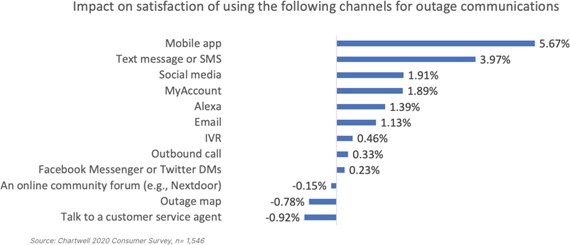

Diagram reflecting mobile as the top impact channel for outage communications.
Many utilities are offering a rich feature set within their mobile apps, specifically related to outages. Mobile apps offer unique features such as:
- Outage push notifications that provide real-time updates, such as cause of outage, estimated time of restoration (ETRs), and more. Proactive notifications in advance of an anticipated storm event are also recommended to prepare customers for a potential outage.
- A mobile-optimized map, which can utilize mobile-specific functions such as GPS.
- Easy outage reporting that can support both residential and commercial customers. Advanced features, such as street light reporting, can also be added.
- Personalized storm centers that feature location-specific news, storm tips, and more.
- Outage-related support for both authenticated, logged-in users, and unauthenticated customers, making access a breeze and driving customer satisfaction.
By offering these application features, utilities have seen improvements in customer satisfaction as well as decreases in the use of the call centers–an expensive channel for support, especially during storm events.
For an example of native outage map implementation and robust outage-related features, check out this case study on Entergy’s mobile app.
2. Implement storm mode across digital channels.
Severe weather brings a myriad of challenges to utilities, one of which is system downtimes due to increased digital infrastructure loads. By using a “storm mode” across all channels, utilities can help their customers stay safe while continuing to deliver an effective outage response.
Storm mode streamlines the customer experience by optimizing the app and other digital channels to ensure smooth operation during weather events. In this mode, digital channels should highlight the features that customers need most, disabling non-core functions that put an unnecessary burden on the systems during times of peak engagement (such as usage data information). This investment can reduce situations where major systems fail during a storm event, resulting in negative customer experience and high IT costs to remediate.
Exelon implemented storm mode to increase app performance in their mobile applications. For more information, take a look at Mindgrub’s work with Exelon.
3. Strengthen your digital systems.
Strengthening or replacing legacy systems is an essential step to securing your systems. Whether you’re looking to reduce performance issues, prevent vulnerabilities, or provide an optimized platform for the rollout of new features, each utility should strongly consider digital hardening as part of its roadmap.
IT must harden and transform legacy systems to optimize their value in the short term while creating a modern digital foundation. Legacy hardening means:
- Reducing legacy technical debt
- Fine-tuning processes
- Creating strong applications and infrastructure utilizing current best practices
- Setting up a robust testing suite that supports critical components such as automation and load testing
- Encouraging accessible architecture
- Ensuring alignment between IT and business stakeholders
Based on our work with utilities, we strongly recommend a microservices-based approach, which is a service-oriented architecture approach where software applications are built as a collection of various smallest independent service units, as opposed to one monolithic system.
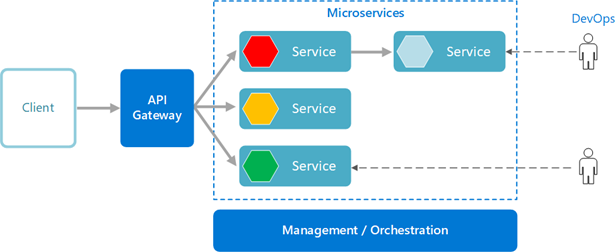

Diagram of microservices-based application architecture Source: Microsoft
This approach allows the utility to build and quickly apply new capabilities across multiple channels, as well as reducing long-term costs associated with technical debt.
Conclusions
Preparing your infrastructure for major storm events is worth the investment, with significant potential impact on customer experience, as well as utility infrastructure-related costs.
To learn more about shaping your customer’s experience and improving self-service options for your business, visit Mindgrub’s Energy and Utilities page, subscribe to our utilities newsletter, or contact VP of Engagement, Laura Gousha at lgousha@mindgrub.com.
Laura Gousha specializes in hands-on strategic and tactical technical consultation. As Vice President of Engagement at Mindgrub, she provides the strategic direction for key accounts including Exelon, Entergy, and the University of Maryland. Connect with Laura on Linkedin.


